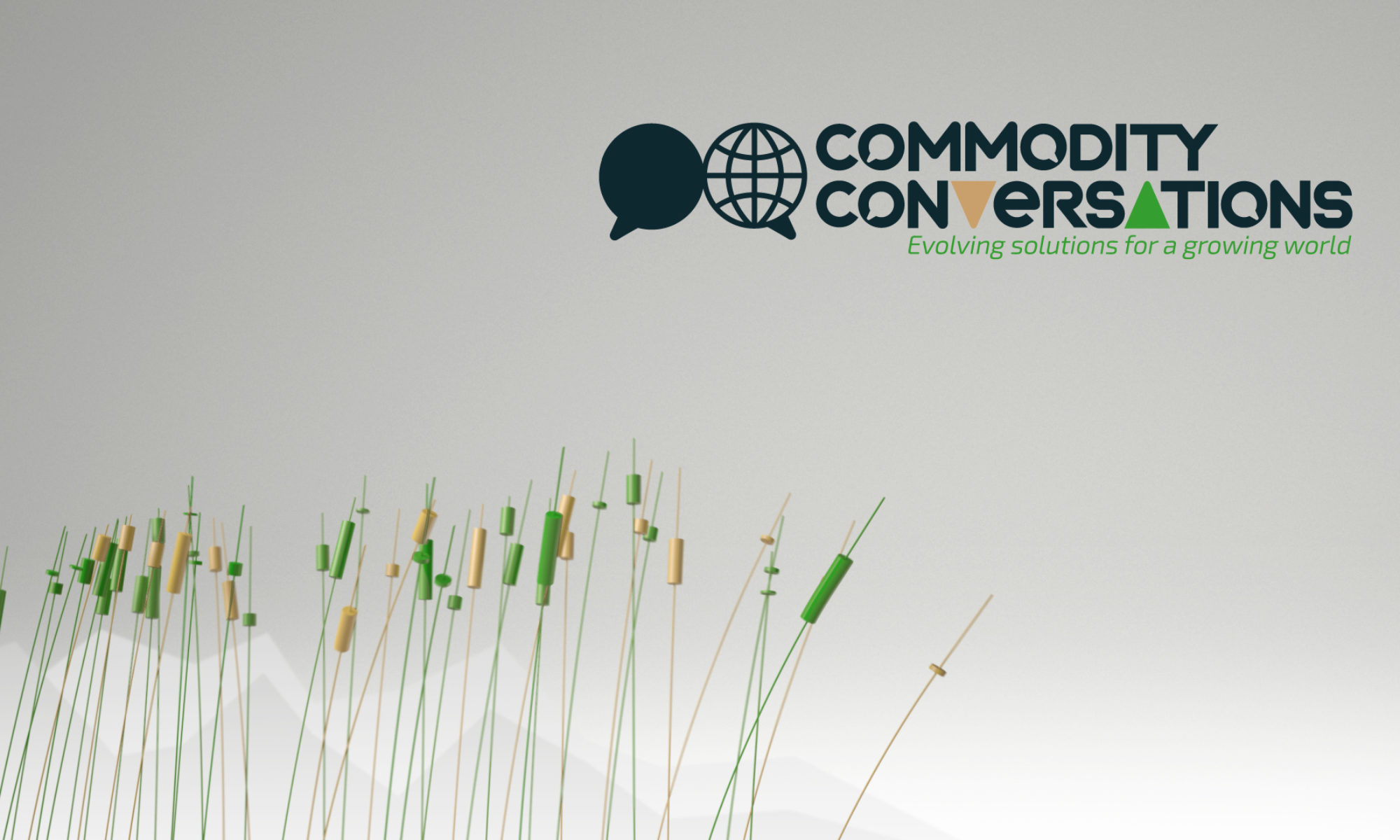
Good morning Monika, Could you please tell us about yourself and your role within Eversheds Sutherland?
I am an international trade lawyer within Eversheds Sutherland’s Competition, EU and Trade practice group.
I handle a broad range of international trade law matters, including all aspects of EU/UK and U.S. export control and sanctions laws, WTO rules, anti-dumping, import tariffs, product classification (import and export), countervailing duty and safeguard measures, rules of origin, contractual rights and obligations, and trade-related due diligence in the context of M&A transactions.
I have significant experience in assisting clients in making voluntary disclosures in respect of trade control violations, which have resulted in no further action being taken against the respective company.
Until the end of last year, I was on secondment for 18 months to Shell Trading & Supply, where I provided day-to-day advice on a variety of trade control issues, including compliance with EU and US sanctions programmes. As of August this year, I am back on secondment with Shell, providing sanctions support to their trade compliance team.
International trade law is a fascinating area, where every day you face a new, challenging problem. Sanctions in particular is something I enjoy advising on, as they are so topical and are increasingly used by governments around the world as a foreign policy tool. I will be presenting on sanctions during the Commodity Risk Management Conference in October – I am really looking forward to the two-day online event, which is packed with incredibly interesting topics.
What about Eversheds Sutherland more broadly – is the firm active in supporting clients in the commodities sector?
Eversheds Sutherland is a leading adviser to commodity trading firms, commodity merchants, financial entities and commercial end-users that engage in physical and derivatives trading for hedging, financing and speculative purposes. Our clients trade energy products, agricultural and soft commodities, as well as both base and precious metals.
Our Commodities Practice Group is an interdisciplinary group specialising in all legal aspects of the commodities sector from the trading, movement and financing of commodities (including associated financial hedging and derivatives transactions) to investments in, and divestments of, shares and assets across the sector. Our team comprises more than 50 lawyers around the globe, including the key commodity hubs of South Africa, New York, Houston, London, Geneva and Singapore. Along with regulatory matters, we offer a full range of services to help clients successfully manage commodities derivatives activities, including negotiating derivatives documentation, advising on tax and disclosure implications, analysing and applying valuation methodologies for terminated derivatives transactions. Our team provides advice from the board room to the back office, all with seamless understanding of how critical the use of derivatives can be to commercial businesses.
In terms of our sanctions practice which is part of the Competition, EU and Trade group, we have significant experience in dealing with every type of export control and sanctions law as well as other regulations which have an impact on export trade activities. We regularly advise on export and sanctions regulatory issues, such as applications for licences and other authorisations, product classification, as well as government investigations and audits, internal compliance reviews, and enforcement. Our clients include multinational and regional businesses, governments, non-governmental organisations and trade associations. With international trade law specialists throughout the UK, Europe, US, Middle East, Africa and Asia, our lawyers understand the local laws, the enforcement landscape and how rules differ from one jurisdiction to the next.
Why have sanctions been so topical recently?
Sanctions are restrictive measures against territories, individuals, or entities which governments around the world use as a way to change the behaviour of other persons or countries, or to take a stance against certain reprehensible activities (such as human rights violations or terrorism). In the past, they were used less frequently and usually after reaching an agreement with allies: most countries would simply implement the sanctions which were imposed by the UN Security Council. Nowadays, governments are more readily adopting unilateral measures and using sanctions as a foreign policy tool. Sanctions is certainly something that businesses need to pay closer attention to, especially since some of the measures have an extraterritorial reach. The costs of non-compliance can be extremely high, and it is crucial to ensure that businesses are equipped with efficient policies and procedures to prevent violations.
Thank you Monika, and good luck with the conference.






